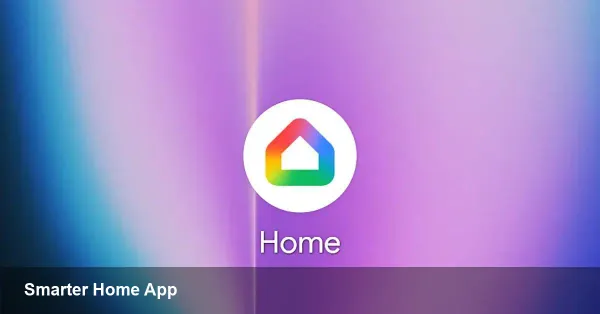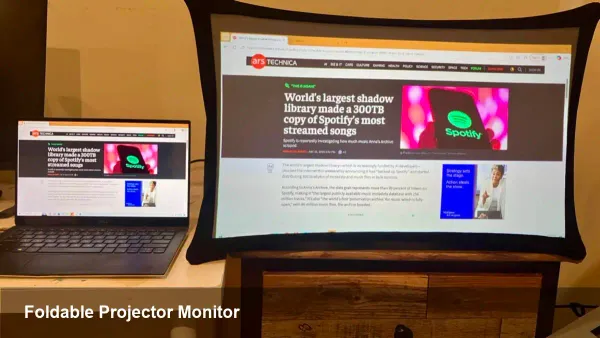Solar Cooker
In rural India, about 90% of energy is used for cooking. This energy is derived mainly from wood and to some extent from non-commercial energy such as manure and agricultural waste.

In rural India, about 90% of energy is used for cooking. This energy is derived mainly from wood and to some extent from non-commercial energy such as manure and agricultural waste. Lack of rainfall, drought-like conditions, and haphazard deforestation result in trees disappearing. Seeing the barren land in the distance, the cattle grazing for fodder and the growing shortage of timber, the question arises that if this is the situation today, what will happen in the near future? Women have to walk miles to get two tanks of fuel.
In fact our villages are full of renewable energy resources. Renewable Energy Sources Renewable energy sources include manpower, manure, livestock, farm waste, solar, wind, biogas and other renewable energy sources. In which the sun is a renewable source of energy. Out of this there is constant inexhaustible energy. The Sun is the source of all other energy sources on Earth. In our country, maximum time of women is used for making needles as well as for cooking about half of the total energy of the country. In the villages, cooking is usually done by farmers using traditional stoves. The efficiency of this stove is very low. As trees are cut down in rural areas, the hardships of women are increasing due to daily wandering to collect fuel. The smoke from the stove also spreads pollution in the house and affects the health of women and children living in the kitchen for a long time. Newer appliances such as solar cookers make cooking easier and safer for health.
The solar cooker does the job of cooking the food. This solar cooker can do many things like roasting, steaming, roasting (baking) and drying with the heat of the sun and without spending a single penny on fuel! The gas-kerosene stove has to be used only for hot dishes like frying - bread and lentils - vegetables. In addition to various dishes like biscuit, bread, dal-rice, etc., pickles, ghee can be made in many solar cookers. Burning in the kitchen does not cause accidents. They do not harm the environment.
Home use solar cookers are light in weight, easy to use and affordable. The approximate cost is between Rs.2000 to Rs.2500. A total of one kilogram of cereal or vegetables can be cooked in its four cans, which is enough for a family of four to five members. It can also be used to keep cooking warm.
Use :
Cooking in a solar cooker takes two to two and a half hours. If 5 needles are left to cook in the sun cooker at 9:00 am, then the cooking is done by 11:30 am. It is advisable to heat the sun cooker for 10-15 minutes before placing the grains in the can. Cooking set at 12:00 is ready at 1:30 to 2:00. If we keep the cooking in the sun cooker, the cooking stays hot for hours. Cooking in a solar cooker box doesn't have to be frequent, so it really saves time. It is very useful for a working housewife. There is no need to worry that cooking in a solar cooker will burn and turn black and tasteless.
The solar cooker is very easy to use. All that is needed is a little pre-preparation and practice on how much water to put in which dish and to keep the cans covered or open. The solar cooker gives us delicious food. Because of the slow cooking, vitamin B. , Vitamin C. Cooking nutrients like etc. as well as maintaining natural flavor and soda. Once you taste a dish like kheechadi, handwa made in a solar cooker, it becomes its only bond.
When cooking in a solar cooker, place the solar cooker facing south in the open yard or attic of the house. It is necessary to get intense heat of the sun while cooking in the sun cooker. A solar cooker can also be placed in the flat if it is facing south.
Tips of using solar cooker :
When cooking in a solar cooker, keep the lid of the solar cooker open and place it in the sunlight, put the cooking utensils in the solar cooker and close the double glazed lid. Close the lid tightly on all sides. The direct rays of the sun penetrate through the two-layered glass lid. The inner black surface of the box absorbs heat from sunlight. The sunlight that enters can not go out of the lid. As a result of the direct, reflected and reflected heat of the sun, the temperature in the cooker is 110 to 140 C when cooking is left in the cooker on a clear sunny day. As long as it lasts, which is enough to make cooking. All foods are prepared at this temperature.
A booklet on how to make a dish with a solar cooker is provided which gives you a way to make various vegetarian-non-vegetarian dishes. Even in winter, one tank of cooking can be made in a solar cooker, which is cooked from the heat of the sun. But if the work is done in a planned manner, we can make both meals in the sun cooker even in winter. If we use solar cooker even for 200 days in a year, then about two LPG. The cylinder is saved. Valuable waste saves money as well as traditional energy. If we use a solar cooker regularly, in three or four years we will get back the money spent on it. The lifespan of a household solar cooker weighing about 12 kg is at least 12 years. There is negligible cost behind its repair.
There are two types of solar cookers for personal as well as collective use. Mass solar cookers are provided for mass cooking in ashrams and educational institutions. Concentrating type solar cookers can achieve temperatures as high as 350C. The result is faster cooking. This temperature is enough for frying, frying or baking bread.





